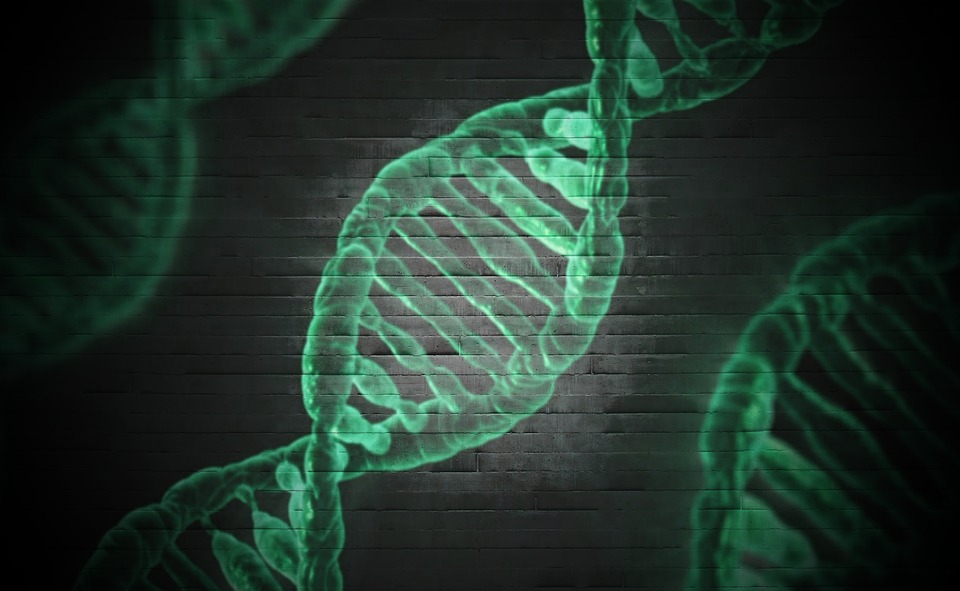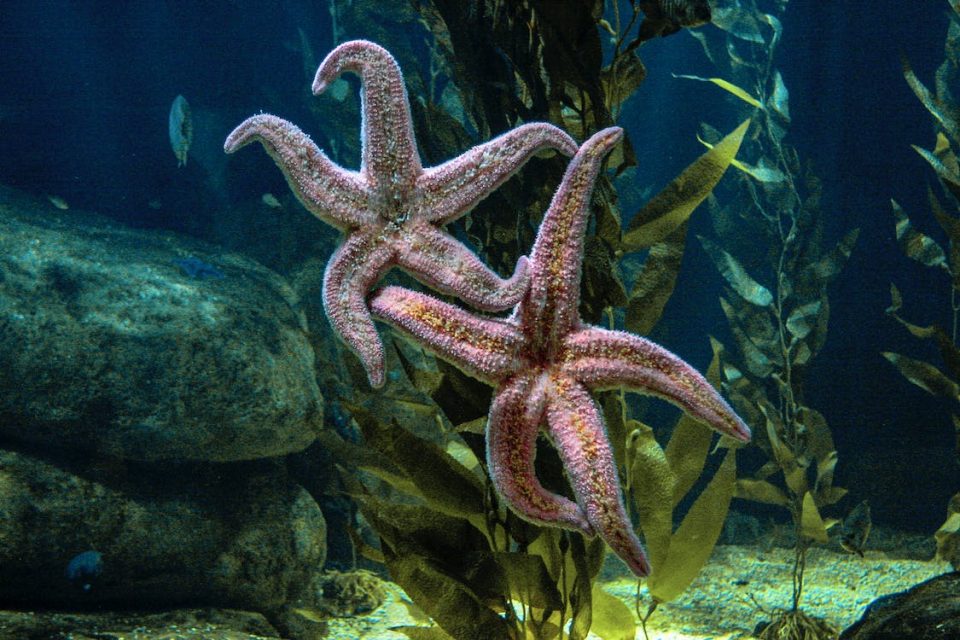
Mitosis is a process of cell division that occurs in eukaryotic cells. During this process, the cell’s genetic material, or chromosomes, are duplicated and separated into two identical sets, each of which is then distributed to a daughter cell. This process is crucial for the growth, repair, and maintenance of tissues in multicellular organisms. Cytokinesis is the final stage of mitosis, in which the cytoplasm of the parent cell divides to produce two daughter cells. However, the process of cytokinesis differs in animal and plant cells due to structural differences between the two cell types.
Animal cells undergo cytokinesis through a process called cleavage furrowing. During this process, a contractile ring made of actin and myosin filaments forms around the equator of the cell. The ring contracts, pulling the cell membrane inward until it meets at the center of the cell, dividing the cell into two daughter cells. The furrow eventually deepens until it reaches the center of the cell, and the two daughter cells are separated. This process is driven by the contraction of the actin-myosin ring, which is under the control of the Rho family of GTPases.
In contrast, plant cells undergo cytokinesis through a process called cell plate formation. During this process, a structure called the phragmoplast forms at the equator of the cell. The phragmoplast is composed of microtubules and associated proteins and is responsible for guiding the formation of a cell plate, a structure that eventually develops into the new cell wall. The cell plate initially consists of vesicles that are transported to the center of the cell along the microtubules of the phragmoplast. These vesicles fuse with each other, forming a continuous membrane that eventually grows outward to form the new cell wall. This process is regulated by proteins called kinesins, which are responsible for transporting the vesicles along the microtubules of the phragmoplast.
The differences in cytokinesis between animal and plant cells are due to their structural differences. Animal cells have a cytoskeleton composed of actin and myosin filaments, which allows them to contract and pull the cell membrane inward. In contrast, plant cells have a cell wall that prevents them from undergoing cleavage furrowing. Additionally, plant cells have a rigid cytoskeleton composed of cellulose microfibrils that are anchored to the cell membrane. These microfibrils help to guide the formation of the phragmoplast and the cell plate during cytokinesis.
The process of cytokinesis in both animal and plant cells is regulated by a complex network of proteins and signaling pathways. The Rho family of GTPases plays a critical role in regulating the actin-myosin ring during cytokinesis in animal cells. RhoA, one member of this family, activates the actin-myosin ring by promoting the assembly of actin filaments and the recruitment of myosin motors to the site of cell division. Other members of the Rho family, such as Rac and Cdc42, are also involved in cytokinesis and regulate the formation and positioning of the contractile ring.
In plant cells, the process of cytokinesis is regulated by several families of proteins, including kinesins, myosins, and the plant-specific CYTOKINESIS-RELATED PROTEINS (CRPs). Kinesins play a critical role in transporting vesicles to the center of the cell during cell plate formation. Myosins are also involved in this process and are thought to play a role in fusing the vesicles to form the cell plate. The CRPs are a group of proteins that are specifically involved in regulating cytokinesis in plants. They are thought to function as molecular switches, activating the signaling pathways and proteins necessary for cytokinesis to occur.
One of the key differences between the process of cytokinesis in animal and plant cells is the way that the new cell membrane and cell wall are formed. In animal cells, the contractile ring pulls the cell membrane inward until it meets at the center of the cell. This process results in the formation of a cleavage furrow, which eventually deepens until the two daughter cells are separated. In plant cells, however, the new cell wall is formed from vesicles that are transported to the center of the cell by the phragmoplast. These vesicles fuse with each other to form a continuous membrane, which eventually grows outward to form the new cell wall. This process is regulated by kinesins and other proteins, which ensure that the vesicles are transported to the correct location and that the cell wall is formed properly.
Another key difference between the process of cytokinesis in animal and plant cells is the timing of the process. In animal cells, cytokinesis typically begins during anaphase or telophase, the final stages of mitosis, and is completed shortly after mitosis is complete. In contrast, cytokinesis in plant cells typically begins during late telophase and continues into interphase, the period between cell divisions. This extended period of cytokinesis allows plant cells to form a more complex cell plate and cell wall, which is important for their growth and development.
In conclusion, the process of cytokinesis differs in animal and plant cells due to their structural and functional differences. Animal cells undergo cytokinesis through a process called cleavage furrowing, in which a contractile ring made of actin and myosin filaments forms around the equator of the cell and pulls the cell membrane inward. In contrast, plant cells undergo cytokinesis through a process called cell plate formation, in which a phragmoplast composed of microtubules and associated proteins guides the formation of a cell plate, which eventually develops into the new cell wall. These differences in cytokinesis are regulated by a complex network of proteins and signaling pathways, including the Rho family of GTPases and the CYTOKINESIS-RELATED PROTEINS (CRPs) in plants. Understanding the differences between cytokinesis in animal and plant cells is important for understanding the fundamental processes that underlie cell division and growth in eukaryotic organisms.







